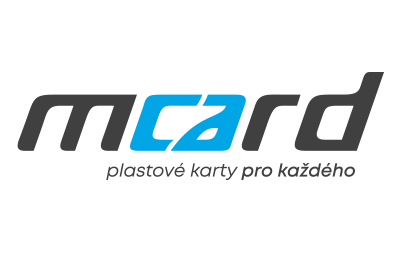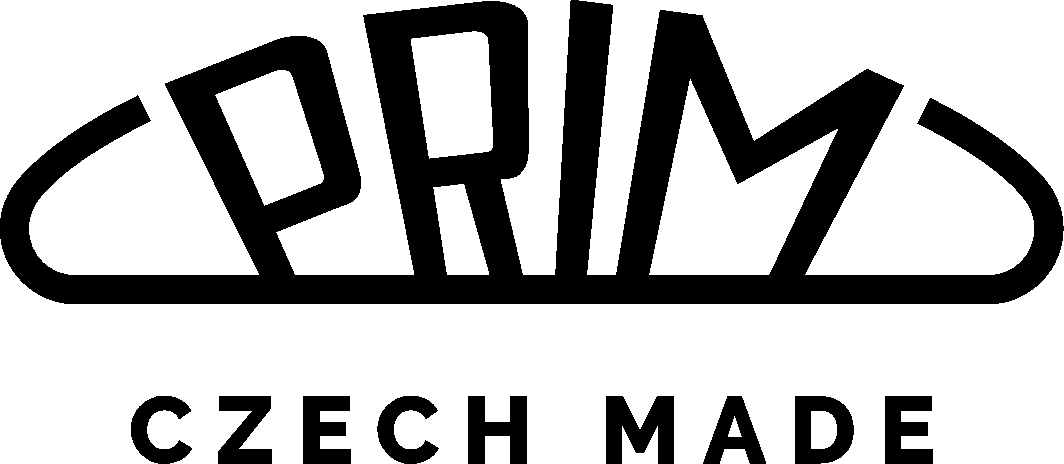It was something unheard of at the time. Brave and crazy. After all, while in the countries of Western Europe with a long cycling tradition, traditional multi-day events, with the Tour de France at the forefront, were in their fifth decade of existence, the idea of a handful of enthusiasts from Czechoslovak and Polish newspapers organising the first international stage race in the countries of Central and Eastern Europe sounded in 1946 like wishful thinking. Despite teething problems and the ideological ballast of the coming communist dictatorship, the legendary Peace Race was born and existed for almost 60 years.

Delving into the history of the famous "Tour of the East" and browsing contemporary documents will take you back to the atmosphere of the second half of the 1940s. A time in which, against the echo of the final shots of the Second World War, a new conflict was being born, the symbol of which was the so-called Iron Curtain. The countries of Central and Eastern Europe sooner or later became satellites of the Soviet Union, and under the slogan "forward, left, not a step back" only a few years after being cleansed of the Nazi threat, they set out to face further dark chapters of history.
However, in the first post-war year, there was a general enthusiasm that the most terrible war in history had ended and a boundless desire for the renewal of civil life. This also extended to sport. And so, in September 1946, at the All-Slavic World Boxing Championship, the enthusiastic editors of the Rudé právo, headed by Jan Blecha, and the Polish newspaper Glos ludu began to joke about what other events the newly fraternal nations should organise. Among others, he came up with the idea of a multi-day cycling event modelled on the established Western European races.
Organising an event from scratch
The idea that came out of the lively discussion did not, strangely enough, fall by the wayside. On the contrary, it began to spread even among cycling officials, and although no one had any experience at organising such an event, the wave of enthusiasm overcame this uncertainty and a huge number of seemingly insurmountable obstacles. It is necessary to remember that the front line of the war had only recently passed over the countries and many roads were impassable, food and accommodation options were only just waking up.
The determined hard work of the organisers, the enthusiastic sportsman and journalist Blecha, as well as Karel Tocl, a bus station master in civilian life, but also a bicycle racer, referee and former top athlete of Sparta - led in the summer of 1947 to a report in the pages of Rudé právo about the intention to organise the race. Then early the following year, the same newspaper published an article in which the start date of the first event was revealed as May 1st.
Just a few days after the violent events of February, when the Communist Party of Czechoslovakia completed its planned coup, representatives of the Polish organisational branch arrived in Prague, and less than two months before the start, a web of unresolved questions began to unravel. It had already been decided that the race would go between Prague and Warsaw, but in how many stages? Which direction? With how many competitors?
In the end, it was decided that two races would take place: a seven-stage race starting in Prague and a five-stage race from Warsaw. "To celebrate the historic May Day, the cycling associations of Poland and Czechoslovakia, in cooperation with the magazine Glos ludu and Rudé právo, are organising international stage races; a cycling event that will exceed anything that has taken place in the Slavic countries before," readers of Rudé právo could read in the morning edition on Labour Day. In addition, a special edition was published that day under the Rudé právo banner directly for the premiere of the race.
Already in the capitals of Czechoslovakia and Poland, competitors were preparing for the start. Due to the political situation, the event was an amateur event, so the "capitalist" cycling stars of the time were excluded. Nevertheless, the organisers were able to give the event an international character thanks to the participation of competitors from the socialist block. Workers' organisations from Italy, France and Finland also sent their representatives. In Prague, forty-five years after the pioneering edition of the Tour de France, seven teams set off for Poland, whilst ten departed from Warsaw.
As the chroniclers of the race carefully noted, in Poland the official start took place at 9:45, whilst in Prague the peloton left the Municipal House at 14:30 and after a few steady kilometres, the fierce racing began in Vysočany. "When I consider the tasks and risks we took on, my hair stands on end. We had no experience of our own, none of us had ever organised a similar race in our lives. Driven by enthusiasm, we were able to prepare everything in a record short time and at the necessary standard for the conditions of the time," Karel Tocl later recalled.

Spartan conditions and spare bikes borrowed from firemen
At the same time, the organisation was truly spartan. Two judges' cars, two cars with officials, two trucks crammed with mechanics, a bus with journalists, who didn't see anything of the race. And at the end, a collection truck for those who dropped back and gave up. The route was secured by four policemen on motorbikes, and there was no connection between the individual organisational units. There was no shortage of dramatic and funny moments.
The peloton was frequently surprised by lowered barriers, one of which Czechoslovak Eman Krejčů ducked under during the stage from Gottwaldov to Žilina, and thus he arrived at the finish line ten minutes ahead of the car with the judges. On the broken roads, one puncture after another was the norm, and instead of waiting for the mechanics, the riders changed the tires themselves. For example, the Pole Leskiewicz ran out of them, and so he borrowed a bike, which he exchanged in the next village for a bicycle from a patrolling fireman which he rode to the finish line. In the evening gloom, but far from the last.
The exhausted competitors then spent the night in shared dormitories, and for breakfast they always took bread with lard, or, in the best case, a schnitzel. It is said that the Yugoslavs liked to down a pint of cognac before the start. During the first edition, 53 competitors set off from Prague to cover the 1106 km, and 39 of them reached Warsaw after seven stages. In the opposite direction, the track measured 880 km and 65 riders attempted it over five sections, with 52 arriving in Prague. The yellow jersey for the winner, modelled on the Tour de France, was won in both destination cities by Yugoslavians: in Prague, Alexander Zorič (35:53.16 h and an average speed of 30.7 km/h), in Warsaw, Augustin Prosenik (26:52.25 h, 32.4 km/h).
Even in this first year of the race, the star of the legendary Jan Veselý shone brightly, and he was in the running for the overall victory up until the finish in Prague. However, great bad luck in the form of punctures, a terrible fall after colliding with a dog near Jeléní Hora in Poland, and a broken chain near Kladno in the final stage condemned the Czechoslovak star to fifth place. He did not experience the sweet taste of victory until a year later.
Legend was born
Despite all the difficulties experienced by the competitors, the organisers could finally relax. The first edition of the cycling Cinderella event aroused a huge wave of interest and popularity, and as the competitors themselves recalled, the atmosphere in the stage cities was unforgettable. "The competition that took place from the 1st-5th of May on the roads between Warsaw and Prague has no parallels in the history of Slavic cycling, and the importance and organisation of the 'Slavjantour' ranks it among the most significant cycling races in Europe," wrote Rudé právo enthusiastically on May 7, 1948.
And why was the name Peace Race not mentioned once when describing the event? The Slavic "Tour" only officially received this title in 1950. However, the first hint appeared a year earlier in the magazine Sport from Katowice, Poland. The front-page headline of the April edition proclaimed: The Race of Peace begins on May 1st! A legend was created.

















